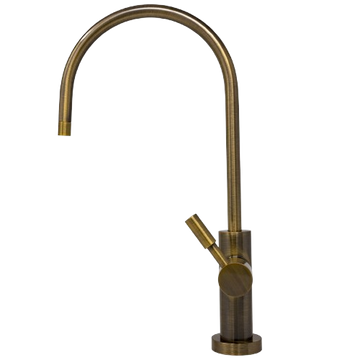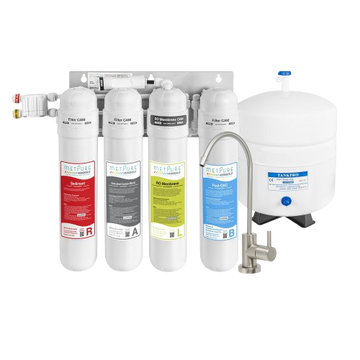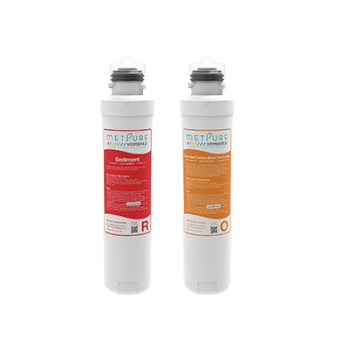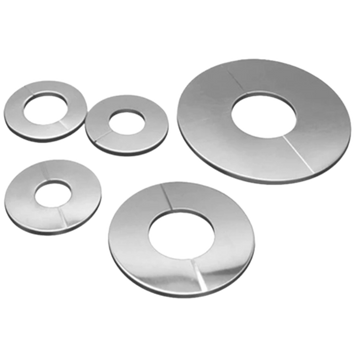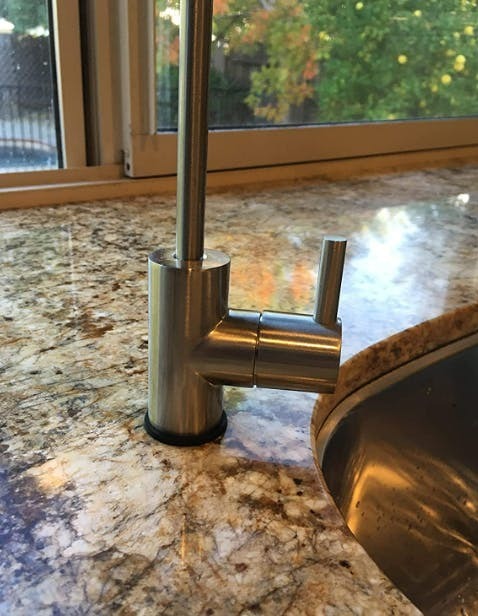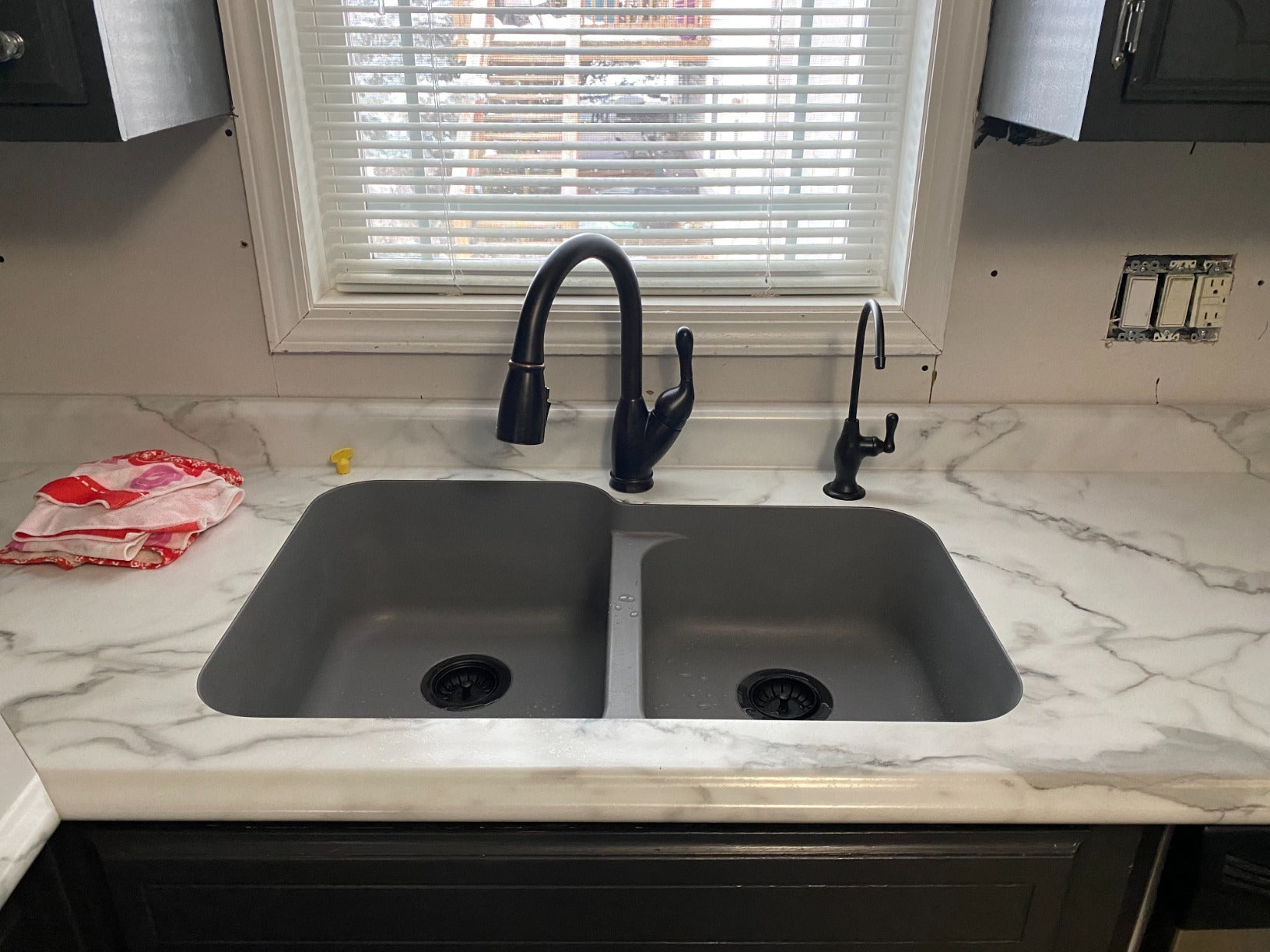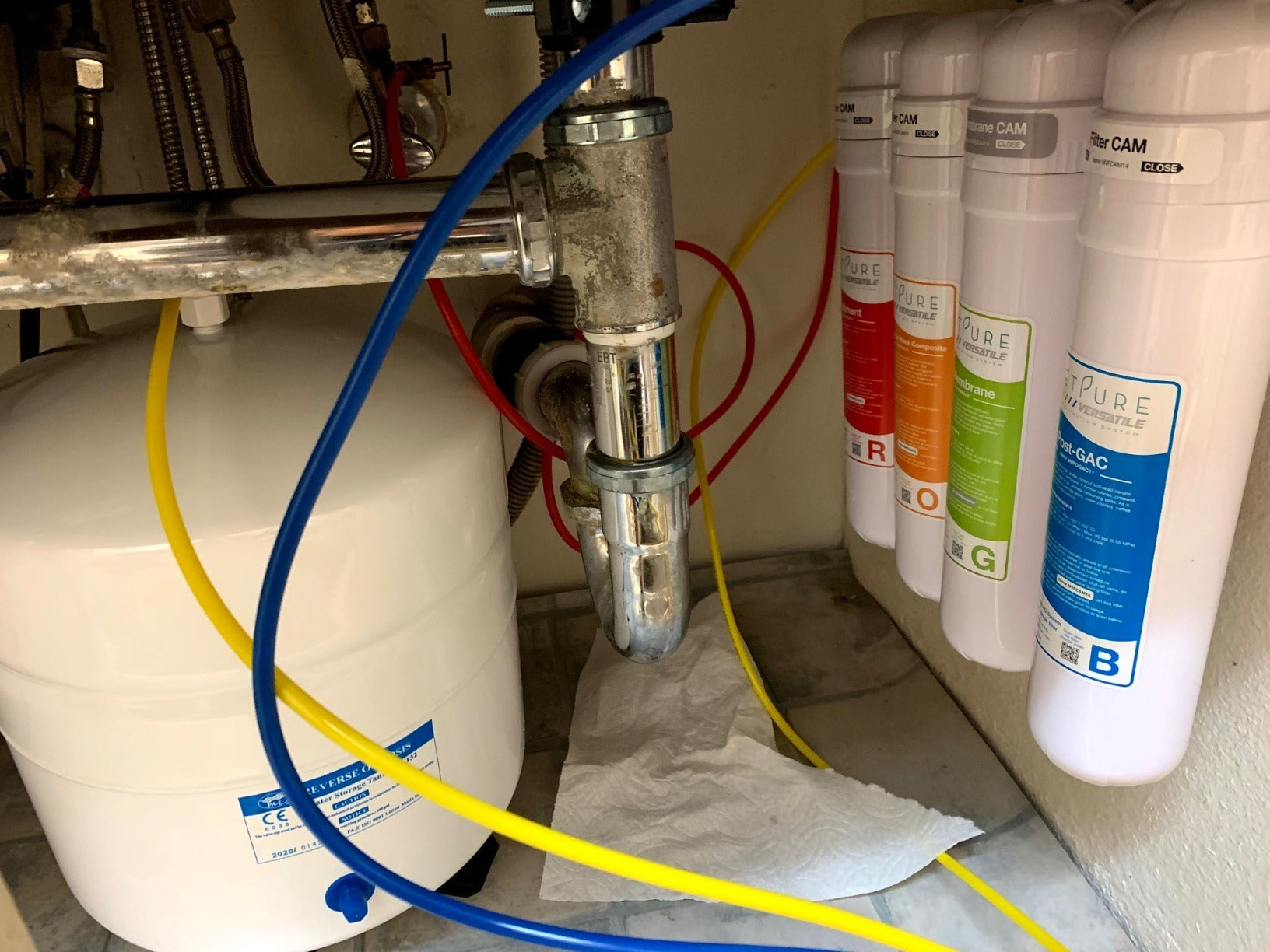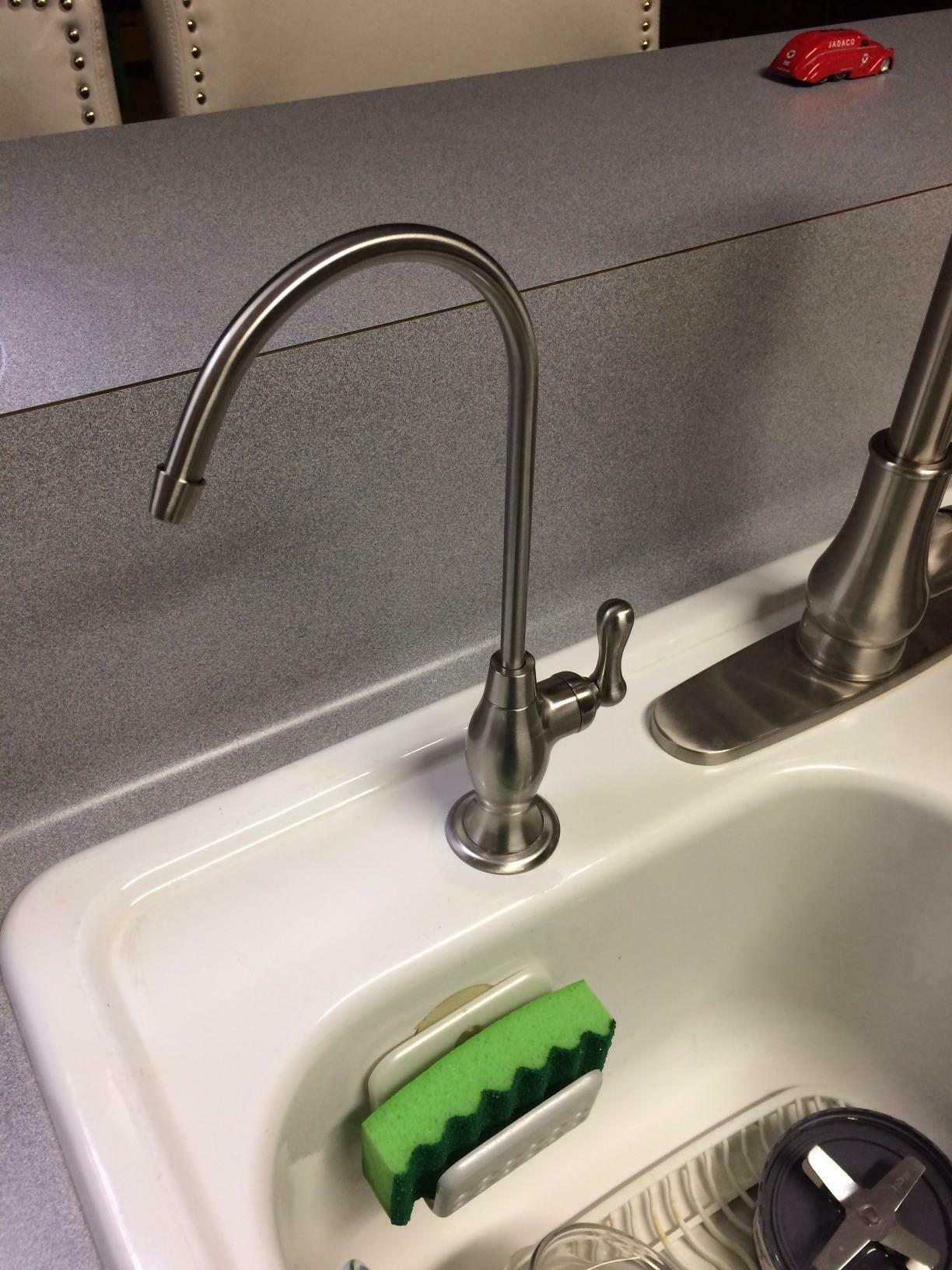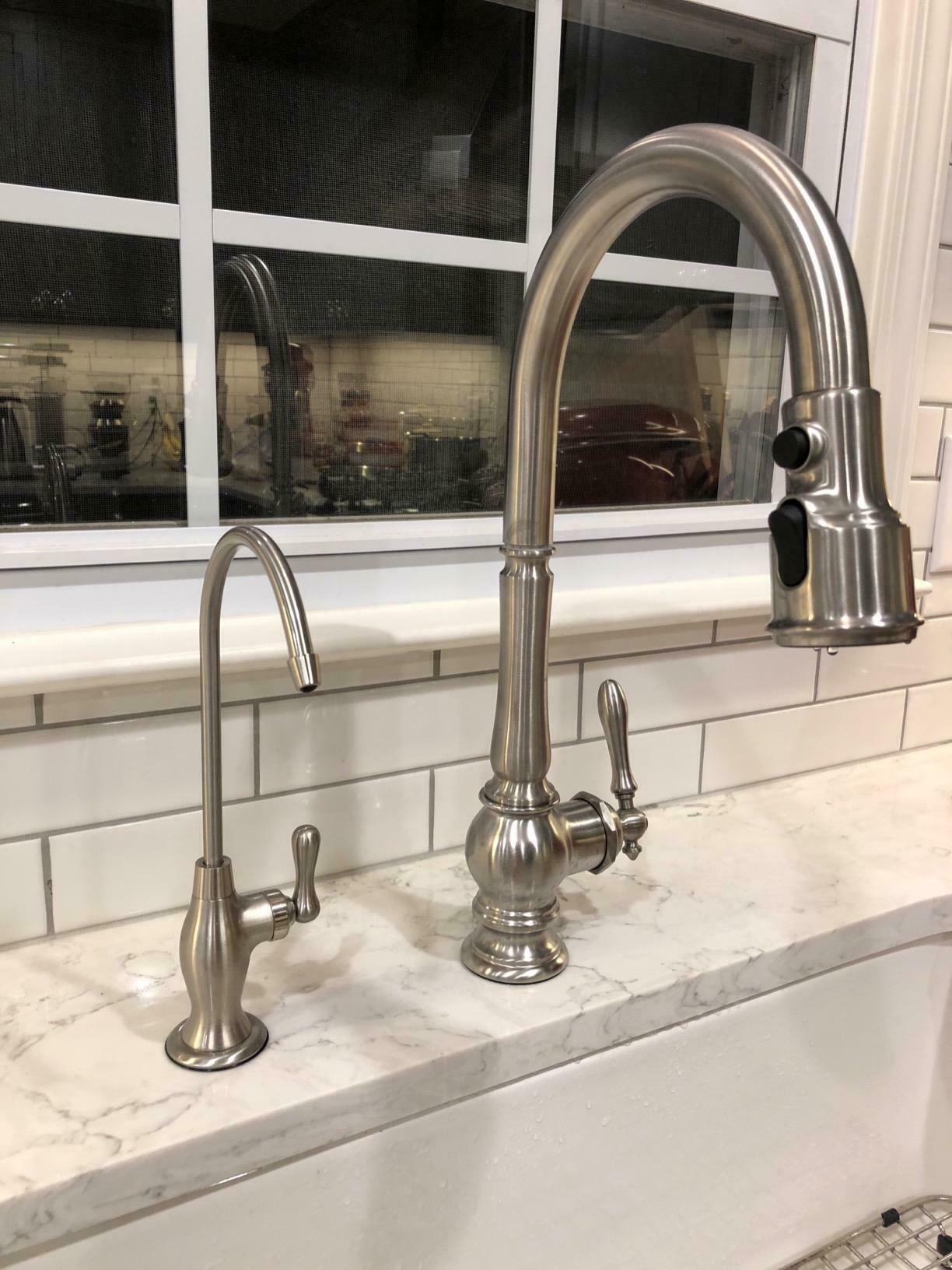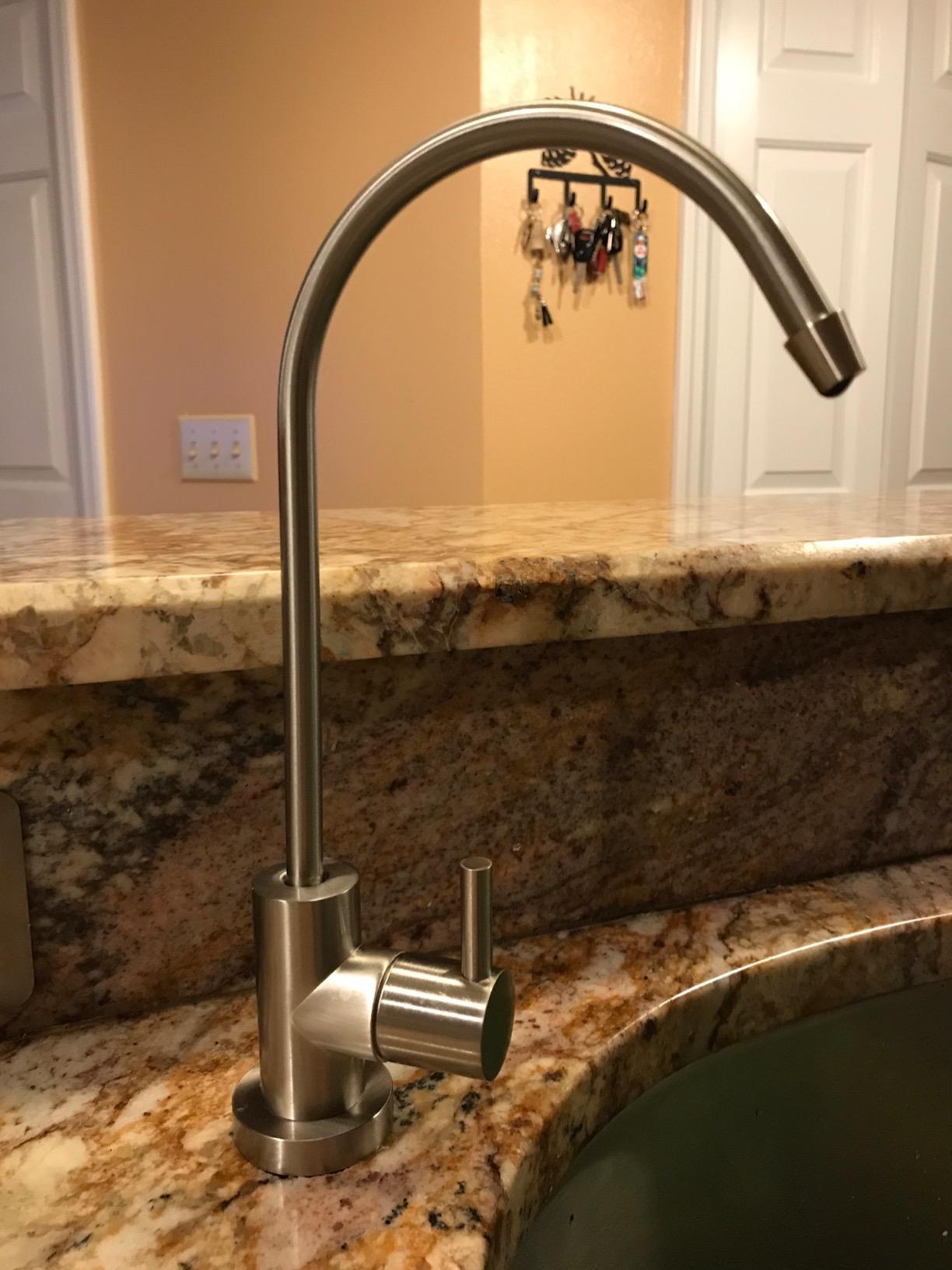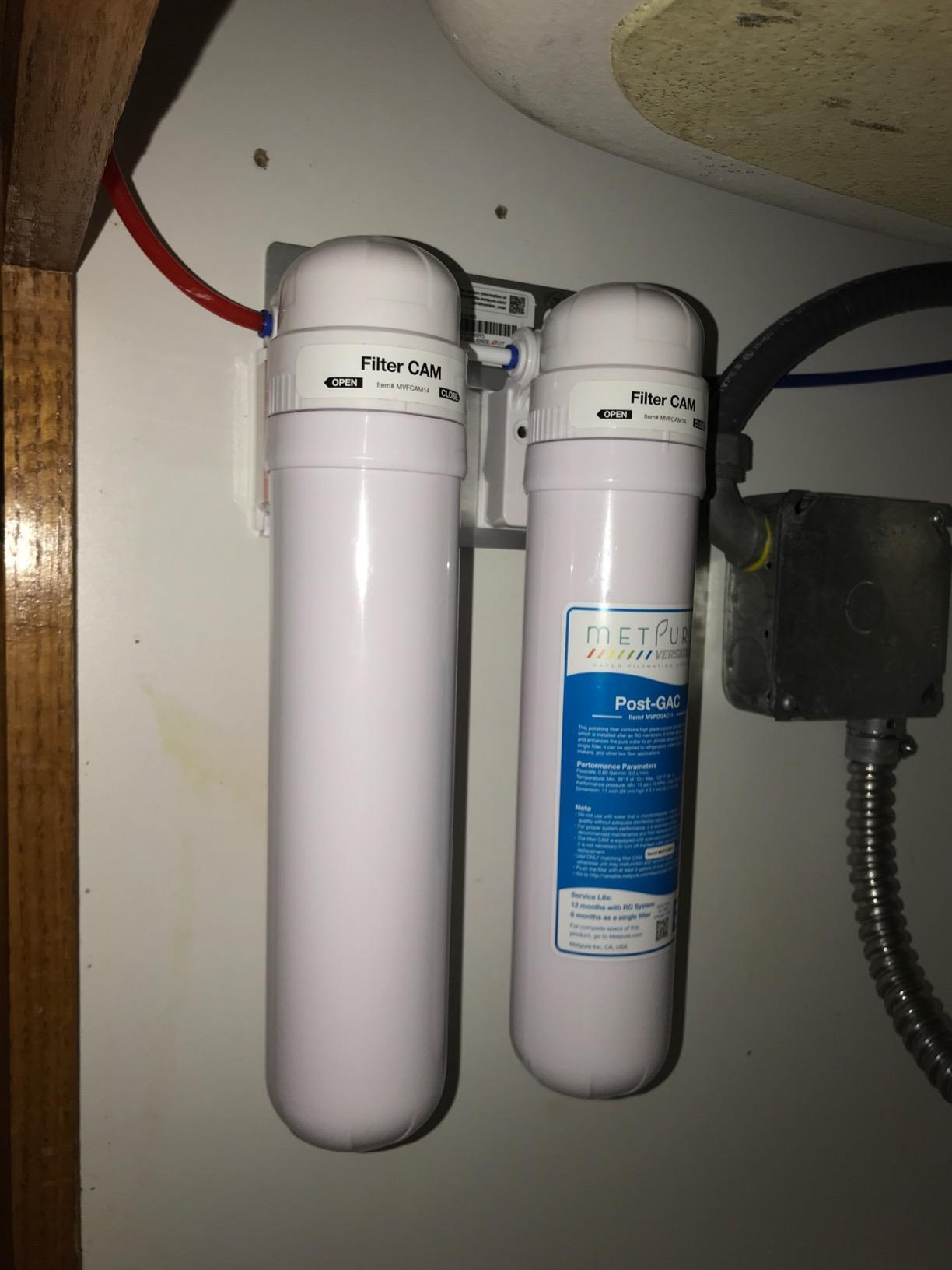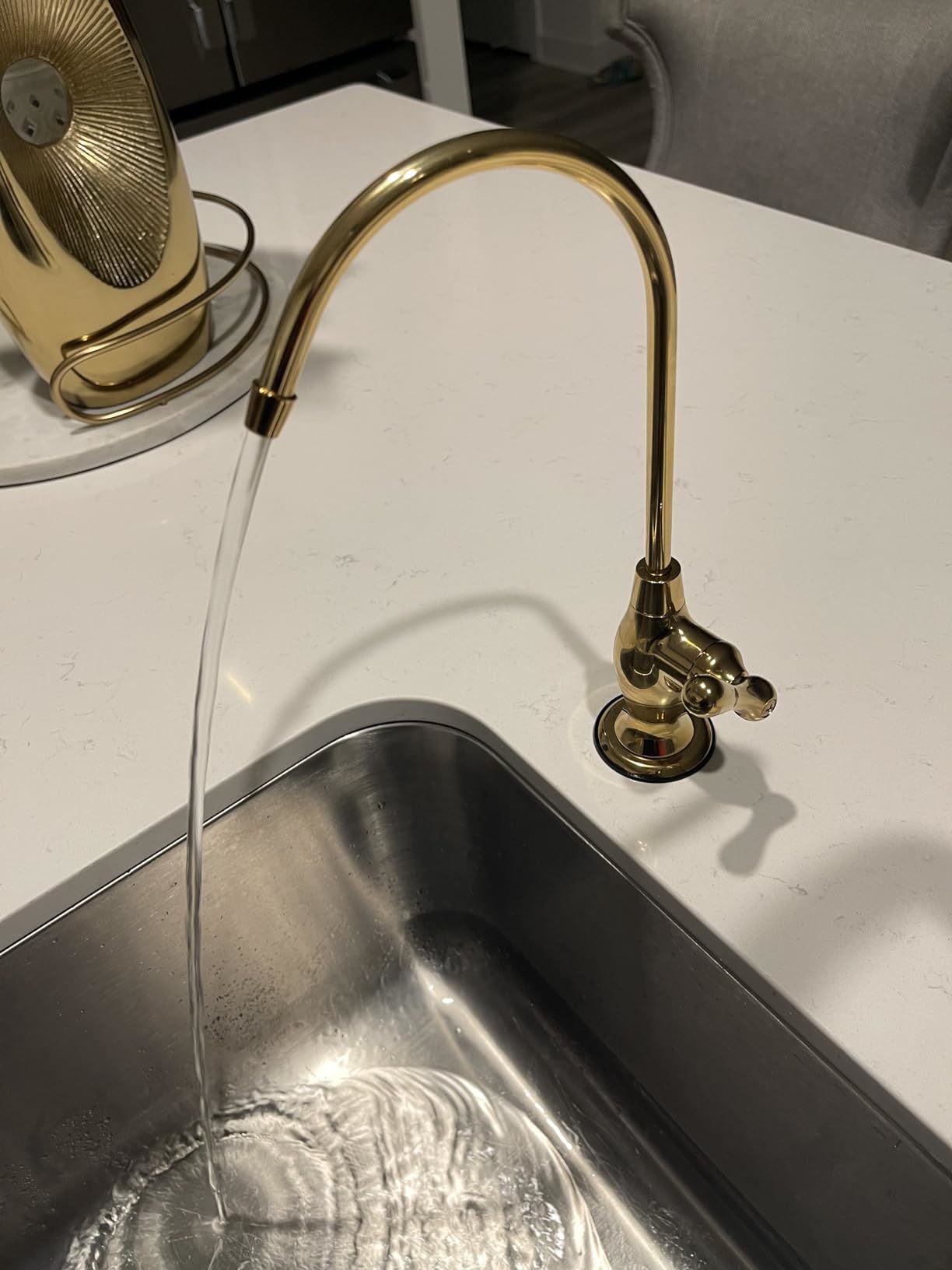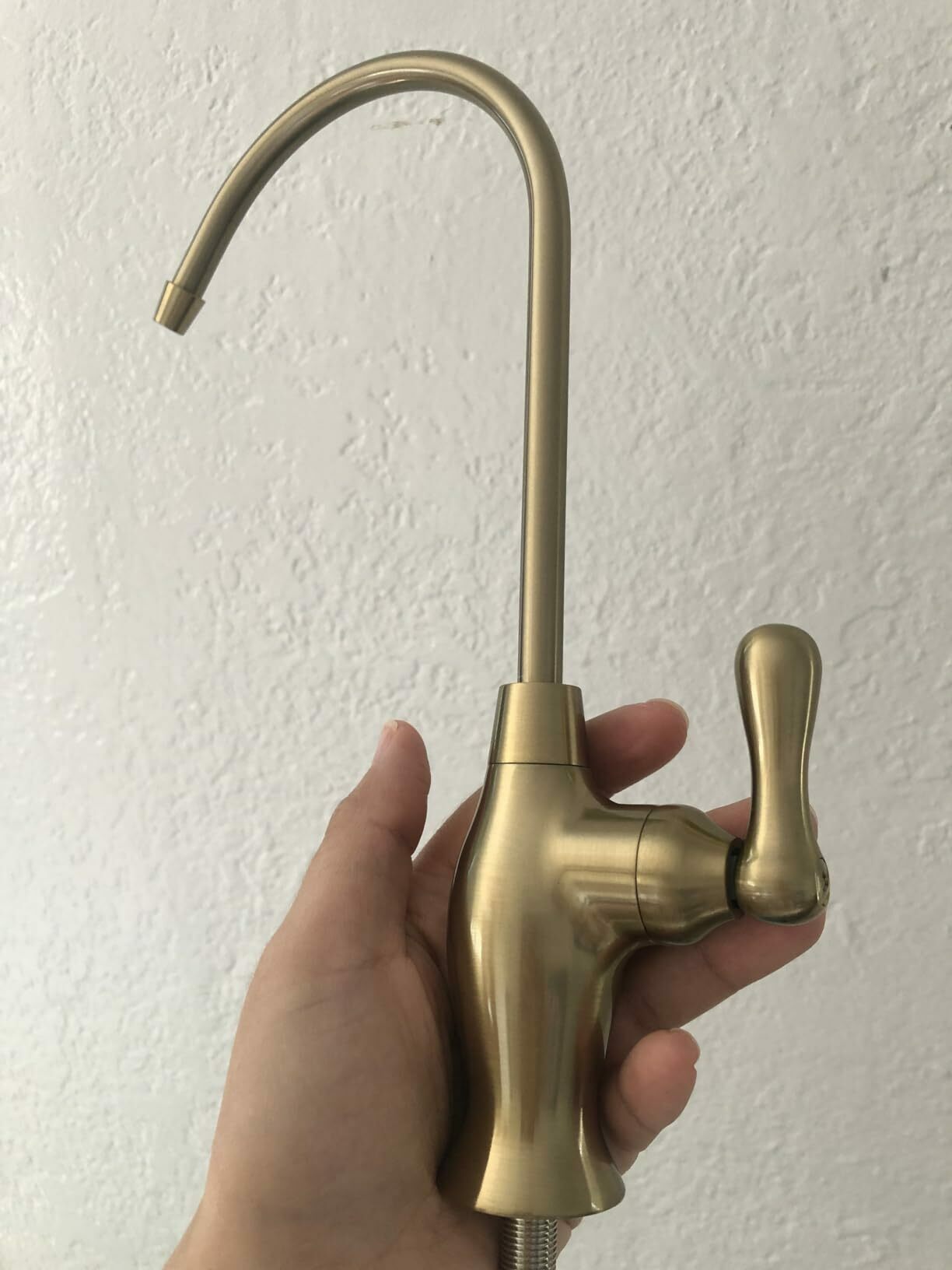How Water Filters Work
Table of Contents
Water filters reduce the amount of harmful germs and chemicals in your tap water. They can also help with unpleasant tastes and odours and reduce the build-up of limescale in your pipes.
Most water filters use either physical or chemical processes to remove impurities from water. The most common physical filters are mechanical (sediment) or osmosis (a natural process involving a semipermeable membrane). Chemical filters include ion exchange and reverse osmosis.
Water Enters The Filter
Whether it's rushing through the river, drifting high in the clouds, or flowing into your home's faucet, water always passes through a filter at some point. This is because water has a natural cycle. It moves from one form to another (from vapor, to precipitation, into the waterbody of rivers, into plants, and finally into our homes) and picks up all kinds of debris along the way.
Screen filters use a mesh barrier to trap sediment and other large particles from the water before they can do much damage. Membrane filters use the same basic principle but at a far finer level. They are based on the process of reverse osmosis. This is a natural process that occurs when one side of a semipermeable membrane has a higher concentration of solutes than the other.
The osmosis force pushes water with fewer solutes into the side with the higher concentration. The excess water is then flushed away. This is also known as backwashing.
The Filter Traps The Impurities
As water flows through ecosystems, picking up soil and minerals on its way, it can pick up some unwanted chemicals too. These are called contaminants, and they can be anything from E-coli to toxic metals like lead. Water filters remove these contaminants and other harmful germs to make sure your drinking water is clean.
Most filters are either physical or chemical. Physical filters work by using a barrier to block or catch certain solid particles. Think of them as glorified sieves. Chemical filters use a variety of methods to trap impurities, including absorption and ion exchange.
For example, carbon filters are great at removing objectionable tastes and odours from drinking water, as well as the chlorine taste and odour caused by disinfectants such as chloramines. They have large internal structures with lots of nooks and crannies that can trap chemical impurities. Experiment with different types of filters to see which ones are best for catching your gunk.
The Water Exits The Filter
Water flows around the planet and picks up all sorts of debris, from rocks and dirt to bacteria and germs. Filters reduce the contamination of our water using a physical barrier or a chemical process.
When the water filter is full, a control valve (typically electric) initiates backwashing at a pre-selected time. This cleans the medium bed and resettles the accumulated particles to keep them from cutting channels through the filter.
Some filters may include remineralization cartridges to add some of the lost minerals such as magnesium and calcium to make the water softer and prevent discolouration. However, these may not be necessary for many people as filtered water has been shown to provide a good source of calcium, iron and magnesium from the diet. Water filters can also remove fluoride, which some municipalities add to their tap water to combat tooth decay. Some people sprinkle a pinch of salt into their filtered water to replace this.
The Water Is Clean
As water moves through ecosystems, it can pick up things like minerals, metals, toxins and even bacteria and viruses. Water filters use physical and chemical processes to reduce or remove these impurities from your water.
Physical filtration involves straining the water with something like a glorified sieve (or a piece of very thin gauze or even a micron-sized membrane). This traps the larger particles and leaves behind clean, filtered water. Chemical filtration, on the other hand, uses active material that attracts and traps impurities through their chemical properties.
For instance, carbon and other ion exchange filters remove contaminants by converting them into insoluble crystals. Reverse osmosis uses a semipermeable membrane to separate fluids with different concentrations of solutes. Water with a higher concentration of solutes -- like salts, minerals and other chemicals -- moves to the side with lower pressure. The resulting clean water is the result of a process called diffusion. This is the same process that happens when plants absorb water through their roots.


